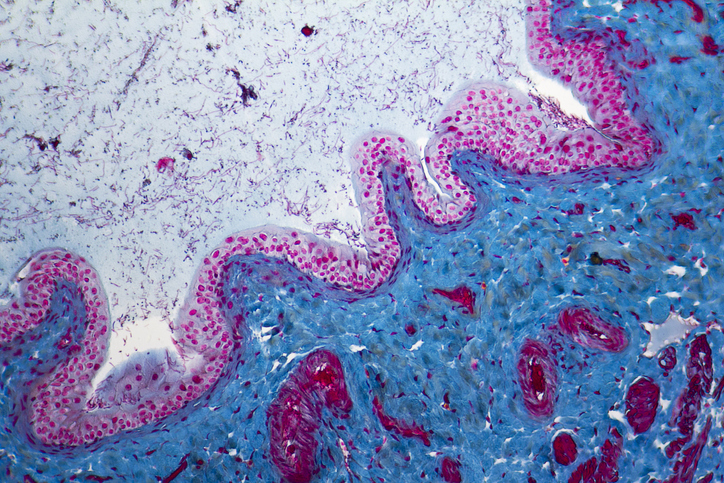Dr. Laith Jazrawi On the First Wireless Surgical Camera for Arthroscopy and General Endoscopy
By Rob Dillard - Last Updated: April 27, 2023Recently, DocWire News spoke with Dr. Laith Jazrawi, Chief of Sports Medicine at NYU Langone Medical Center. Dr. Jazrawi was the first doctor to use Lazurite’s ArthroFree System – which stands as the first wireless surgical camera system for arthroscopy and general endoscopy. See what Dr. Jazrawi had to say about this novel innovation.
DocWire News: Can you provide us with some professional background on yourself?
Dr. Laith Jazrawi: My name’s Laith Jazrawi, I’m Chief of Sports Medicine here at NYU Langone Medical Center. I’ve been an orthopedic surgeon for 23 years now, and chief of this division for the last 15 years.
As an orthopedic surgeon, what’s the biggest challenge you face in terms of visualization?
The cameras over the years have gotten much better, and I think the quality with as you see with televisions getting better, similarly in orthopedics the camera systems are now at the 4K level, but they’re still wired, we still got to plug in to an output and plug in into a light source. So we still are tethered by those two things. So the idea of this wireless technology to limit, get rid of two of those tethers, one connecting into a box with a light source, and another wire that’s connecting into the actual TV, now we have this wireless system that can potentially make things a little easier for us without so many wires coming off the field.
You were the first doctor to use Lazurite’s ArthroFree System – tell us about that initial experience?
It’s part of a research study where we’re looking at compared to traditional wired arthroscopy whether there’s benefits in terms of time savings, and we’ve also looked at the time including sterilization and setup, and whether the picture quality is as good as the regular current 4K imaging of the wired systems.
What differentiates this device from other surgical cameras you’ve used in the past?
So the light source is on the actual camera itself, so that’s one thing, you’re not tethered to a box, and the image is also a wireless image so everything is in that one piece. We’re still have the shaver, which is another instrument we use to clean things up around the knee or other joint parts, that has a wire that connects into a box. And then we have the fluid, which comes in through tubing. So the idea is to start getting rid of these tethers that where we have to pass them off the table and anytime you have to pass things off the table and connect them to something you risk sterility issues. So the idea of this is that, well two of the things that tether you, or you have to throw off and connect, are now gone.
The next thing to develop is the shaver system, you’re not tethered to, and yet the only thing that the nurse will have to throw off the field and to connect is the pump tubing. So you’re saving time, you’re making things more ergonomically efficient for the surgeon who doesn’t have to worry about these wires and dragging them over the field as he moves the camera from different portals in the knee, shoulder, or elbow.
Would you recommend this device to other surgeons?
Sure. As this is still in its infancy in terms of it just got FDA approved, and right now what we’re getting it at is that the quality of the image. Right now the efficiency is better than the standard system that we use. However, the image quality, that’s what we’re trying to perfect. And the image quality at this point is very close to the standard 4K, and that’s what they’re working on in the next iteration of the camera.
Any closing thoughts?
I think as we continue to evolve technologically in the field of arthroscopy this was a logical next step to go wireless, and the next step is to make everything as wireless as possible, or without any tethers, and this is just the next step towards that. It will make things easier for the surgeon, easier for the staff, and then ultimately better outcomes for patients.







 © 2025 Mashup Media, LLC, a Formedics Property. All Rights Reserved.
© 2025 Mashup Media, LLC, a Formedics Property. All Rights Reserved.